How to choose a flow-through electric water heater
Hot water is one of the indispensable attributes of a comfortable life. The townspeople are so accustomed to such conditions that the temporary shutdown of the hot water supply becomes a lot of inconvenience. There is also not enough hot water outside the city, at dachas. An electric instantaneous water heater can solve this problem. This device can supply hot water not only on a temporary basis, but also on a permanent basis: you can build a hot water supply system for a private house.
The content of the article
Principle, device and features of work
An electric instantaneous water heater is a small device that heats the water flowing through it. Heating element - heating element (tubular electric heater) or an open spiral. Heaters with heating elements are more common - they are safer and it is easier to replace the heating element. In very compact models - tap attachments, etc. - there is simply nowhere to put the heating element, therefore an open spiral is used.
The device turns on when a flow appears (the tap opens), turns off when the flow disappears. The set temperature is reached in a few seconds, after which it is maintained constantly (with sufficient power of the heating element).
Externally, an ordinary instantaneous electric water heater is a small plastic case connected to cold water and electricity. Has one outlet for hot water. Depending on the purpose, it can supply hot water to one (individual) or several (system) sampling points.
The structure of an instantaneous water heater is simple, there are the following elements:
- Cold water inlet. It is connected to the water supply, usually with a flexible braided hose.
- Flow sensor. Monitors the appearance of water in the device (the tap is open) and turns on the heating element. It also turns off the heating when the flow is lost (the tap was closed).
- Tank with heating element. A small container, inside which there is a heating element bent in the form of a spiral. It is here that the water is heated.
- Hot water outlet. From the water tank there is a tube through which heated water is removed.
As you can see, the device is simple. There is also a control panel on the cover, where the conductors from the flow sensor are brought out, and the heating element - so that you can correct the operating mode and monitor the state of the device (indication of switching on).
Types and connections to water supply and electricity
There are two main types of flow-through electric water heaters: pressure and non-pressure. Pressure heads are also called systemic and often have the word Sistem in the name. They are connected to a break in a water pipe, as a rule, they have a high power and can provide two or more draw-off points with hot water.
Non-pressurized or individual instantaneous water heaters are connected like ordinary household appliances - through a flexible hose or a water pipe branch. They supply one point with heated water, have relatively low power (3-7 kW) and low cost. They exist in different forms:
- as a separate device (most often a rectangular plastic box), which is fixed next to a sink or shower;
- tap nozzles;
- faucet with electric water heating.
If you need to wait out a few weeks of disconnecting the hot water supply, you can supply an individual gravity electric instantaneous water heater of any kind.If a constant supply of hot water is required, it will be more rational to install a pressure unit.
Connecting a pressure water heater to the water supply
Pressure or system electric water heaters are connected to the existing water supply system through a pipe break. They are cut with a tee that installed before the first branch... Shut-off ball valves are installed at the inlet of cold and hot water. They turn off the device if there is a centralized hot water supply. These cranes are also needed so that, if necessary, the device can be removed for repair or replacement.
The quality of tap water is poor and it is better to insert the heater after the filter. If there is no filter at the entrance to the apartment, it is advisable to install it either immediately after the branch to the apartment, or already in front of the water heater.
In a private house, such a unit will work if there is a pumping station or a self-assembled system with a hydraulic accumulator. It cuts in after all the filters, from the output there is a wiring to consumers.
Unpressurized connection to water
A non-pressure (individual) electric instantaneous water heater of a standard type is connected like a regular household appliance. There must be a branch from the water supply with a tap and a thread at the end. Using a flexible braided hose, the device is connected to the water supply.
Nozzles for a tap for heating water are a small group. They are mainly screwed onto the thread at the end of the spout (gander). To do this, first unscrew the mesh, which is usually installed there.
The connection itself can be made through a three-pin plug with a socket with a mandatory ground connection. You can also install a contact plate or connect a cable directly to the appropriate heater inputs.
Pull the power line with copper wire (mono-core):
- up to 7 kW cross-section 3.5 mm;
- from 7 to 12 kW - 4 mm.
The machine is selected according to the maximum current consumption (available in the technical specifications). Take the nearest higher rating (if you take a smaller one, there will be a lot of unnecessary operations - every time you switch to maximum power). The RCD is taken one step higher at nominal, the leakage current is 10 mA.
More about the selection of the ratings of circuit breakers here.
Control type
It is possible to adjust the operation of the electric water heater (change the degree of heating) using several regulators located on the control panel. Management can be hydraulic and electronic.
An electric instantaneous water heater with hydraulic control heats water by a certain number of degrees. It always turns on at maximum power, even if it has several different heating modes. And even if one of the modes was set before turning off, it will turn on again from the maximum.
It also has one more feature - the water heats up by a certain number of degrees. It is necessary to change the degree of heating manually - switching modes after switching on. Moreover, the maximum temperature delta is most often 25 ° C. That is, if at the inlet you have water of + 5 ° C, then at the outlet of such a device it simply cannot be warmer than + 30 ° C (with a full flow). This does not mean that the unit has broken down or is not working properly. This means that he simply cannot make it warmer. You can slightly correct the situation by reducing the pressure, then you can achieve a slight increase in temperature, but you will not get full-fledged hot water in such conditions from such a unit.
Electronically controlled units usually have more power and a noticeably higher price. This is due to the fact that heating elements with multi-stage power control are installed in them, and they are more expensive.In addition, the "filling" of such a device is more complicated - there are several sensors, in addition, it also contains a microprocessor that processes data and regulates the operation of heaters. If the unit is selected correctly in terms of power, it will be able to maintain the set temperature (usually up to 40 ° C) with a deviation of one degree.
Selecting an electric instantaneous water heater by power
Whichever type of electric water heater you choose, you need to choose the right power. That's right, in this case, it is so that it meets your expectations. The easiest way is to focus on the number of taps that will require simultaneous supply of hot water:
- An electric instantaneous heater with a power of up to 8 kW will consistently provide hot water to one tap. If there are several of them in the system, the rest must be turned off, otherwise the temperature drops noticeably.
- With power from 8 kW to 12 kW, a stable temperature can be maintained already in two taps.
- With a power of 13 kW or more, hot water can be supplied to three draw-off points.
Not all power grids can withstand such capacities. Often, the total allocated power for a house or apartment is much less. In this case, it is worth considering the possibility of installing less powerful individual instantaneous water heaters or accumulative... An excellent option is gas water heater, but it is for those who have the ability to connect to the gas main.
Selection by water consumption (performance)
You can choose an electric instantaneous water heater according to the required flow rate. There are hot water consumption rates for different consumers. By adding the required flow rate for your case, you will get the desired figure. So, the average consumption:
- washbasin and sink with mixer 2-4 l / min;
- bath with mixer 3.5 l / s;
- shower 5 l / min.
When choosing, you must match both the power value and the flow rate. In this case, water at all flow points, which can operate simultaneously, will be supplied at the set temperature. If not, you will have to ensure that only one tap is open at a time.
What the market has to offer
The choice of electric instantaneous water heaters is at least large ... You can easily get confused. What should you look out for besides power and performance? On the material from which the tank and heating element are made. The tank can be copper, stainless and plastic. This information is not provided by all manufacturers, but if it is not there, most likely the filling is made of plastic. It is, of course, heat resistant, but not as reliable as metals.
Also pay attention to the minimum and maximum cold water pressure at which the unit can operate. There are capricious models that require a gearbox to be installed on our networks.
| Name | Power | Dimensions | Performance | Amount of points | Control type | Operating pressure | Price |
|---|---|---|---|---|---|---|---|
| Thermex System 800 | 8 kW | 270 * 95 * 170mm | 6 l / min | 1-3 | hydraulic | 0.5-6 bar | 73$ |
| Electrolux Smartfix 2.0 TS (6.5 kW) | 6.5 kW | 270 * 135 * 100mm | 3.7 l / min | 1 | hydraulic | 0.7-6 bar | 45$ |
| AEG RMC 75 | 7.5 kW | 200 * 106 * 360mm | 1-3 | electronic | 0.5-10 bar | 230$ | |
| Stiebel Eltron DHM 3 | 3 kW | 190 * 82 * 143mm | 3.7 l / min | 1-3 | hydraulic | 6 bar | 290$ |
| Evan B1 - 9.45 | 9.45 kW | 260 * 190 * 705mm | 3.83 l / min | 1 | mechanical | 0.49-5.88 Bar | 240$ |
| Electrolux NPX 8 Flow Active | 8.8 kW | 226 * 88 * 370mm | 4.2 l / min | 1-3 | electronic | 0.7-6 bar | 220$ |
Separately, it is worth talking about taps with electric water heating. They are also called a water heater faucet. They appeared not so long ago, but they are quickly gaining popularity, as they are convenient to use, they just connect.
| Name | Control type | Heating range | Operating pressure | Connection size | Power / voltage | Body material | Price |
|---|---|---|---|---|---|---|---|
| ATLANTA ATH-983 | auto | 30-85 ° C | from 0.05 to 0.5MPa | 1/2" | 3 kW / 220 V | ceramics | 40-45$ |
| Aquatherm KA-002 | mechanical | up to + 60 ° C | from 0.04 to 0.7 MPa | 1/2" | 3 kW / 220 V | composite plastic | 80$ |
| Aquatherm KA-26 | mechanical | up to + 60 ° C | from 0.04 to 0.7 MPa | 1/2" | 3 kW / 220 V | composite plastic | 95-100$ |
| Delimano | auto | up to + 60 ° C | 0.04 - 0.6 MPa | 1/2" | 3 kW / 220-240 V | plastic, metal | 45$ |
| L.I.Z. (Delimano) | hydraulic | up to + 60 ° C | 0.04-0.6 MPa | 1/2" | 3 kW / 220-240 V | heat resistant ABS plastic | 50$ |

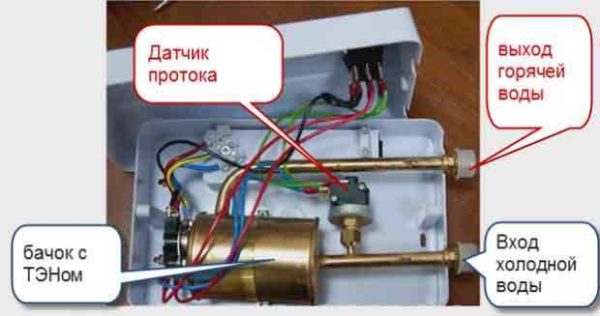
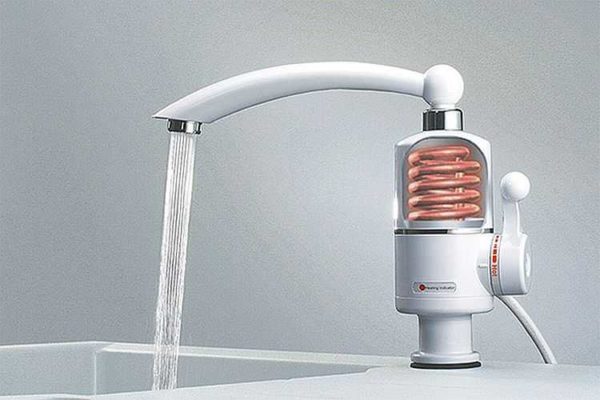
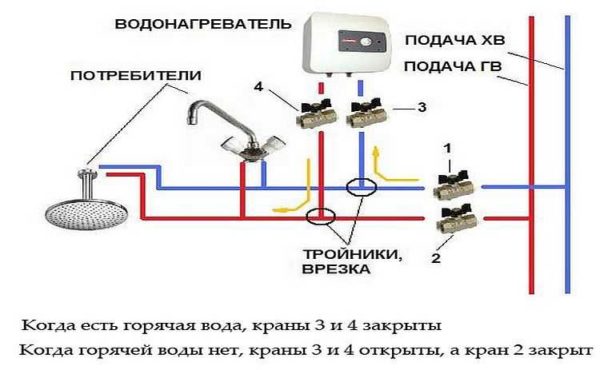
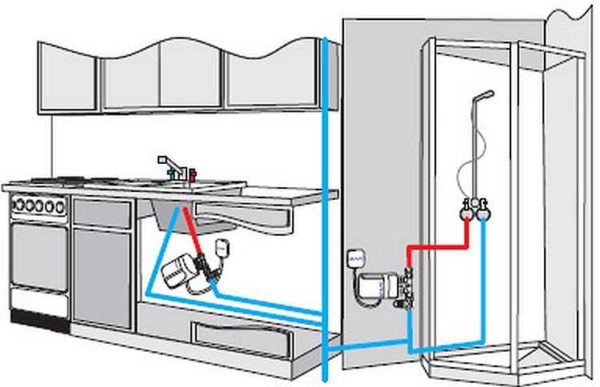
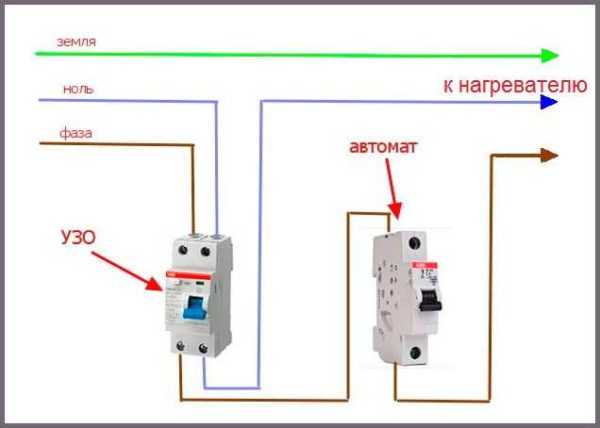
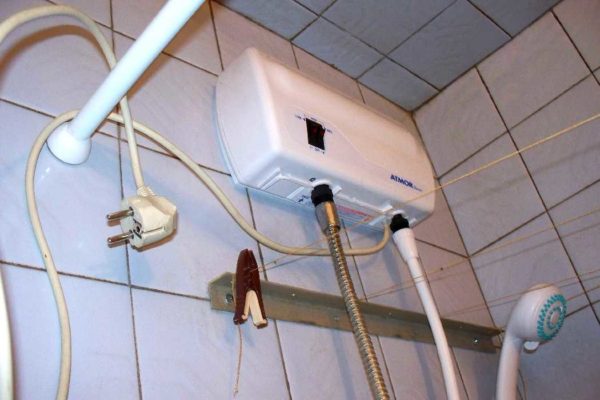
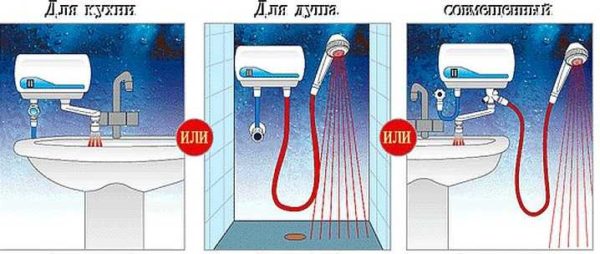
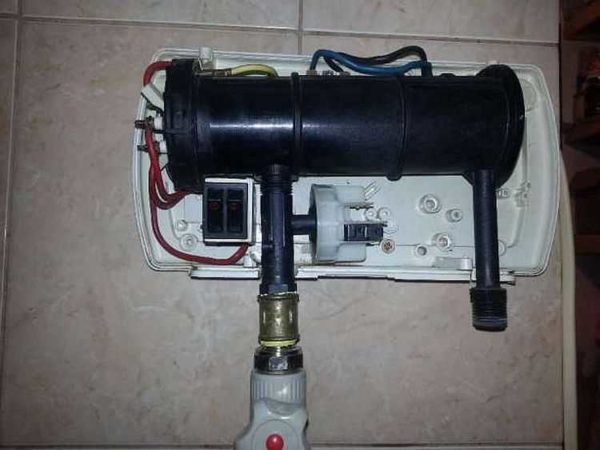
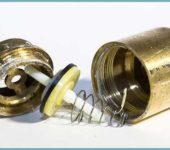
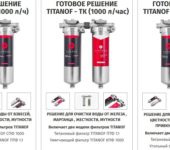
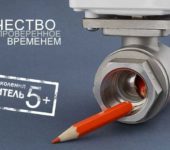
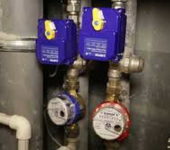
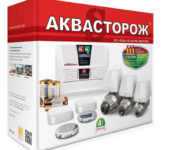





All this is of course good! Convenient, clean, no firewood, no coal, no ash, no dangerous gas to handle, but how reliable is the protection scheme? In the event of an accident with a heater power of 12 - 15 kilowatts and more !! I think there could be an explosion and an accident.
I think that the same European manufacturers do not forget about safety and the automation will work if something happens. The price scares me more. Take, for example, an 18 kW (380 V) AEG DDLE 18 Basis instantaneous water heater - it costs more than 60 thousand rubles.